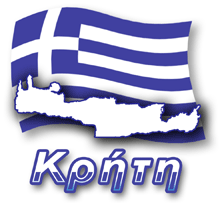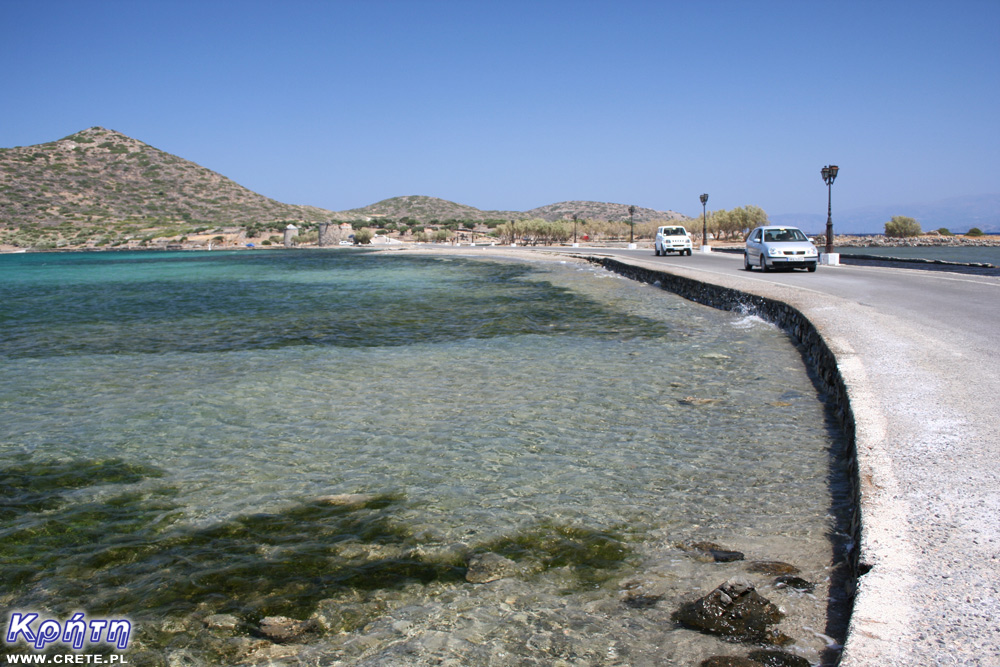
 2020-01-08 20:01:34
2020-01-08 20:01:34
The town of Elounda is certainly known to all tourists who sailed from here on a cruise to the island of Spinalonga. This tourist town and its surroundings is currently also the center of luxury and the most expensive hotels in Crete. Few people know, however, that in ancient times one of the most powerful and largest cities-cities of Crete - Olous (Olounda) rose here. It had its own port, minted its coins, and was an important worship center. The center of this city was in Poros, which is where there is now a narrow isthmus connecting the city of Elounda with the okolokytha peninsula. The ruins of this city are currently under water on both sides of the isthmus. The flooding of Olous is a consequence of a powerful earthquake that changed the position of Crete. The western part of the island rose from 6 to 9 meters, while the eastern part lowered, which caused Olous to be under water. The fate of this city-state finally sealed another strong earthquake.
 Purification of the remains of the ancient city. Source of the photo: cretalive.gr
Purification of the remains of the ancient city. Source of the photo: cretalive.gr
It is here that since October 2019 a team of archaeologists, geophysicists, biologists and divers continues to conduct further geoarcheological research. Scientists are looking for the remains of the ancient city of Olous (Olounda). This is another research program concerning the search for the remains of this ancient city in this area. The research area covered the coasts of Elounda Bay and Kolokitha Peninsula and the seabed in Poros, i.e. in the region of the narrow isthmus connecting Elounda and Kolokhyta Peninsula.
 Poros isthmus area, where the main searches of ancient Olounda are carried out
Poros isthmus area, where the main searches of ancient Olounda are carried out
This time, after identification and photogrammetric documentation of the sunken remains of the city on both sides of the Poros isthmus, the fortifications and buildings found here were cleaned. The search for traces of the ancient city is supplemented by geophysical seabed research, which aims to gain knowledge about its structure.
 Underwater remains of the ancient city of Olounda (Olous). Source of the photo: cretalive.gr
Underwater remains of the ancient city of Olounda (Olous). Source of the photo: cretalive.gr
Finally, it is worth mentioning that in previous searches conducted in this area, the remains of building complexes, ancient quarries, shipwrecks, anchors and other items were discovered.
Komentarze
Wypełnij poniższy formularz aby dodać komentarz
lub kliknij w poniższy link aby skorzystać z możliwosci komentowania przez facebooka:
https://www.facebook.com/crete.poland/posts/10156749490802551